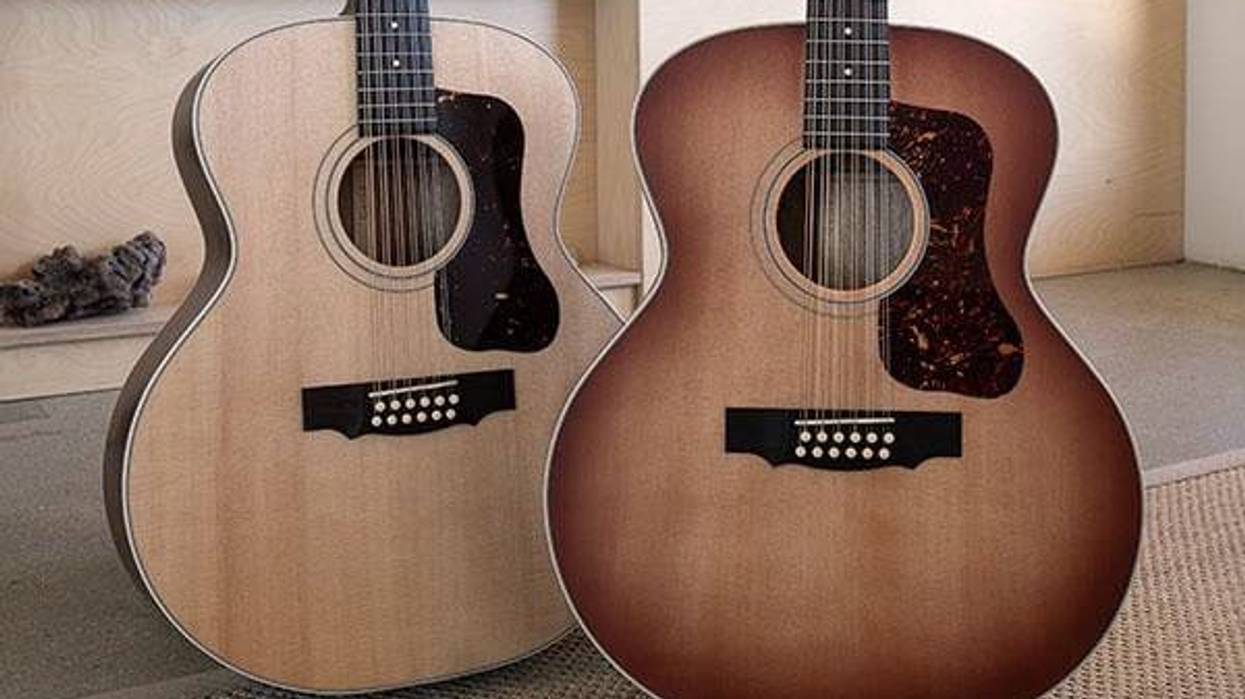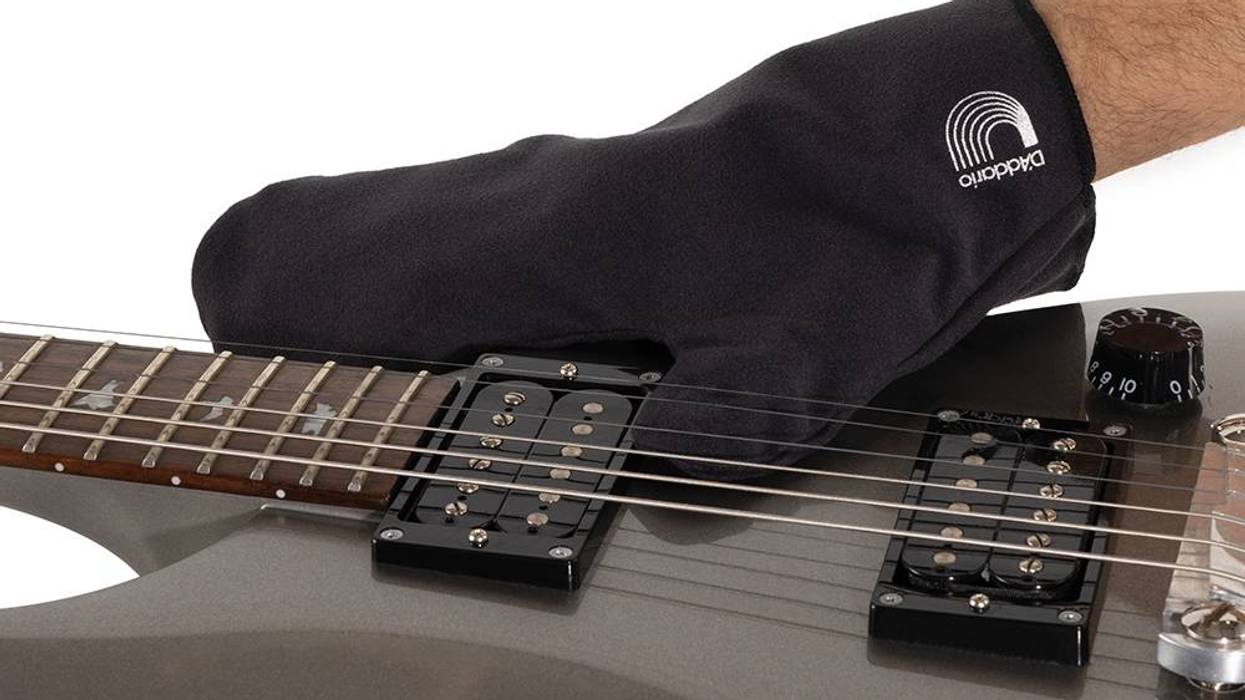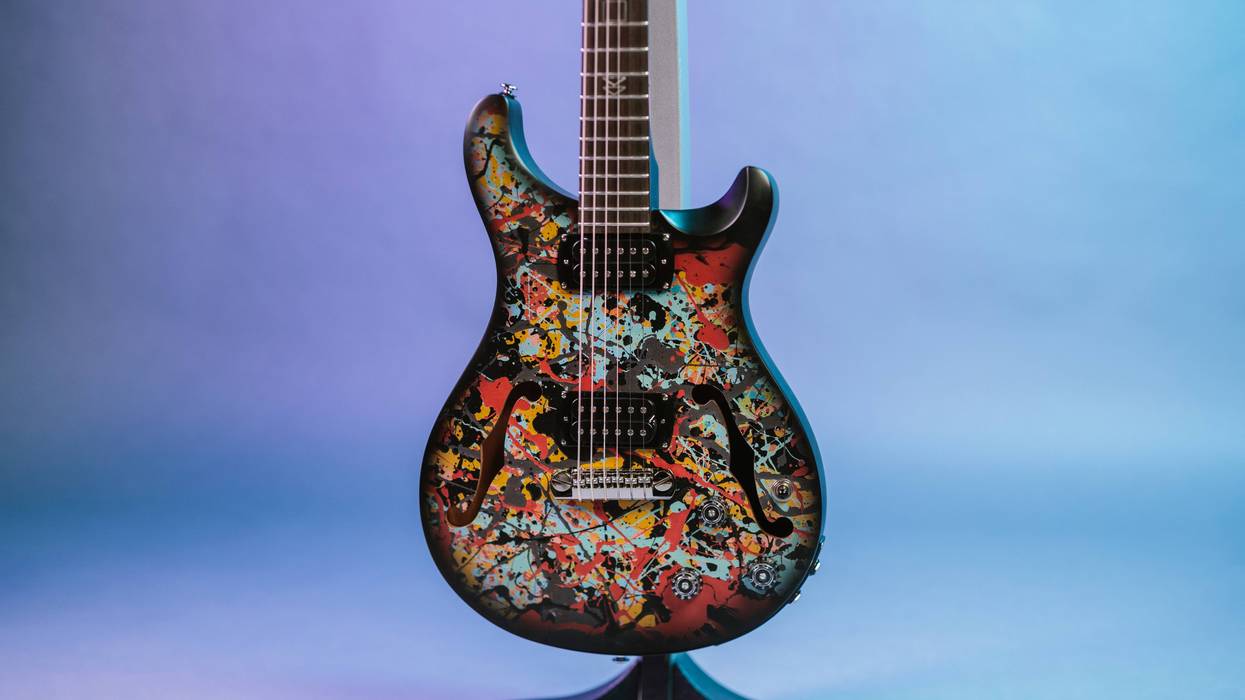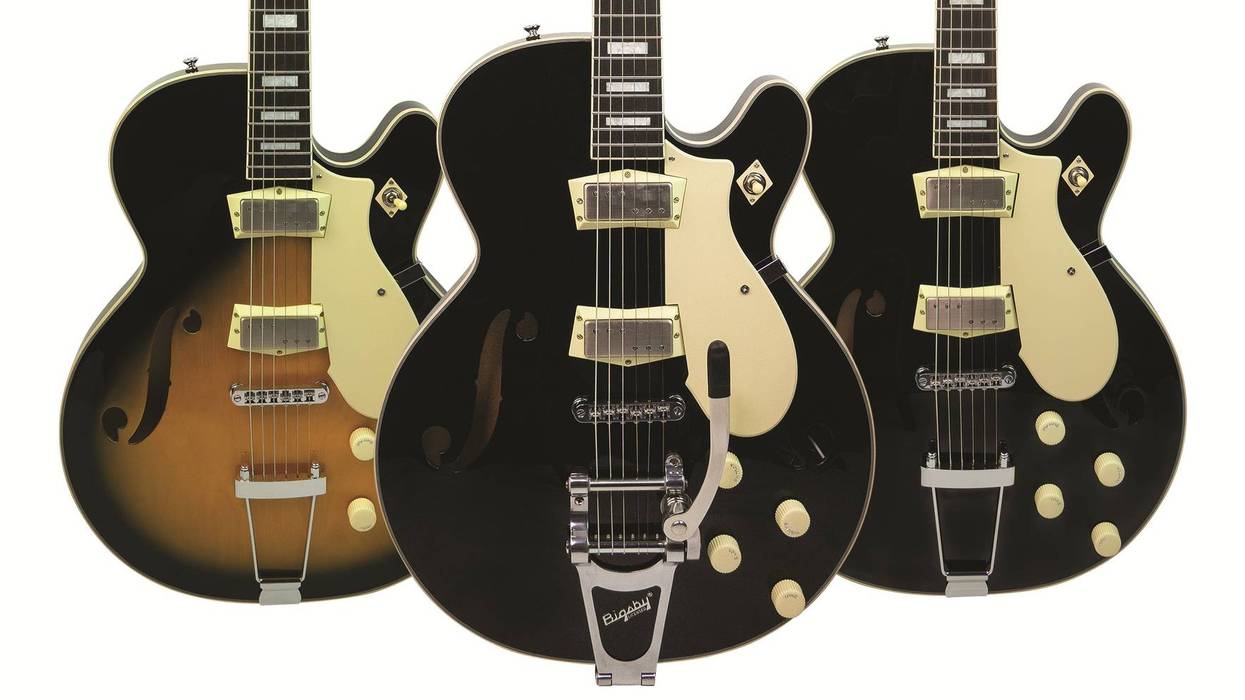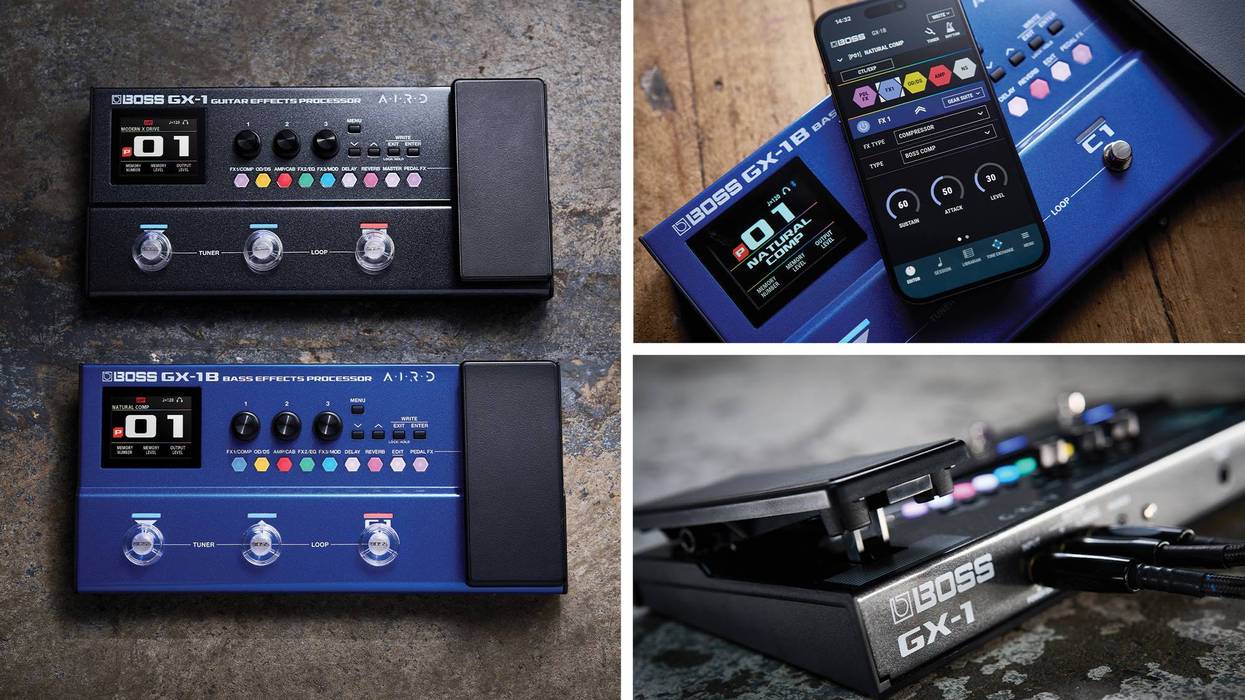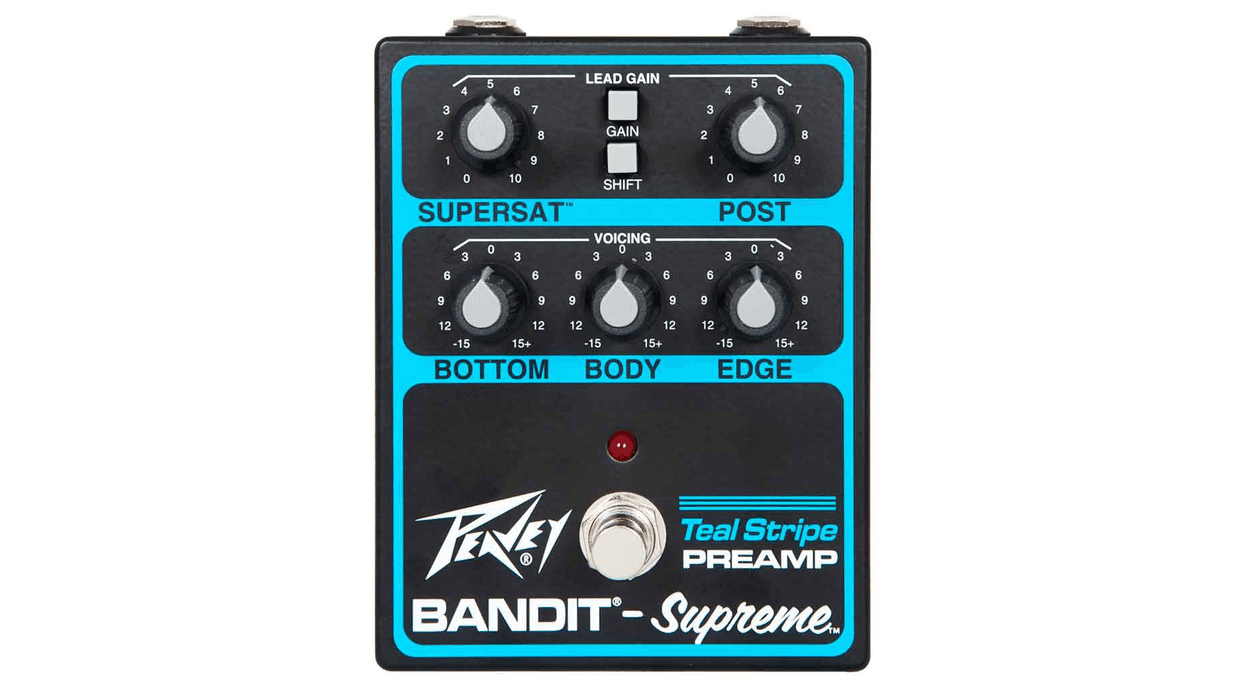Though they’ve never made a huge splash beyond Australian shores, Maton has been a fixture of the Down Under guitar scene since the 1940s. Despite their modest international profile, Maton guitars have made cameos in the hands of legends (George Harrison used an MS-500 briefly at the dawn of Beatlemania, and Keith Richards used a Maton archtop to record the throbbing rhythm guitar that drives “Gimme Shelter”). Josh Homme and Split Enz/Crowded House mastermind Neil Finn are also Maton loyalists. While the highest profile Maton users have been electric players (Tommy Emmanuel and Finn are notable exceptions) the company’s roots are in acoustic flattops, and acoustics still account for much of their output.
The Maton SRS 70 is an elegant cutaway dread with simple appointments. It’s also a study in Maton’s flattop design idiosyncrasies, which include use of Australian tonewoods and a factory-built Maton-built AP5 Pro pickup system. The sum of these parts is a guitar that impresses with its quality, playability, unique voice, and broad sonic potential.
Oz Wood On Board
While the Maton has a Sitka spruce top, Maton dipped into their expansive store of Australian tonewoods for the Tasmanian blackwood back and sides and Queensland maple neck. All of the woods are beautiful. The top has a tight, uniform grain. The quarter-sawn Tasmanian blackwood (a koa relative) has a unique reddish-brown coloring. The Queensland maple is a warm, pale brown. The dark, waxy rosewood bridge and fretboard could almost pass for Brazilian at a glance.
Ornamentation is sparse and handsome. The sapele rosette and headstock cap lend an elegant touch. The fretboard, with its mother-of-pearl dot inlays and scrolled edge above the soundhole, recalls a Gibson L-5. My only aesthetic complaint is that the preamp, mounted on the bass side, disrupts the otherwise organic feel of the instrument. So does the quarter-inch output jack, which resides on the lower treble bout rather than in the endpin.
Those details aside, the SRS 70 is a study in thoughtful craftsmanship. The frets are smoothly polished and completely free of jaggedness. The bone nut and saddle are perfectly notched. All the binding is perfectly flush with the body, and the natural satin finish feels uniformly smooth. Things are in tip-top shape inside the body too—bracing and kerfing are neatly sanded, and there’s not a drop of excess glue.
Maton’s resourcefulness extends beyond tonewoods sourced from their figurative backyard. All their pickup systems—including the AP5 Pro here—are made in house.
Slinky and Soulful
The SRS 70 showed up with fairly low action that makes barre chords feel as easy as cowboy chords. Single-note picking feels relatively effortless, and the Venetian cutaway provides access all the way to the 21st fret (which is a half-step above the highest fret on most dreadnoughts).
First-position chords sound slightly bright, but well balanced, with excellent note-to-note separation. It’s not the loudest of guitars, but it sustains impressively. It also maintains a rich, even voice for barre chords higher up the neck, and you can hear the harmonic detail in both triadic voicings and more complex harmonies. The natural harmonics at the 12th, 7th, and 5th frets ring with luscious clarity.
Flattpicked, the guitar has a crisp, clear voice that takes advantage of its inherent brightness without sounding brash. The fundamental flatpicked tone works great for everything from bluegrass to Celtic to modern jazz. The Maton’s 1 3/4" nut is ideal for fingerpicking. The big body demands a little extra force from your pick hand to get the fullest sounds. But again, the note-to-note definition shines on fingerpicked note clusters, which makes the guitar a great vehicle for alternate tunings like open-G and DADGAD. Only when you tune down to open-C does the Maton’s less bass-heavy voice sound out of place.
Ratings
Pros:
All-solid woods. Roadworthy construction. Fine unplugged voice. Versatile electronics.
Cons:
Limited US dealer network.
Tones:
Playability:
Build/Design:
Value:
Street:
$2,069
Maton SRS 70
maton.com.au
The SRS70C’s AP5-Pro electronics incorporate both an internal cardioid microphone and piezo elements. Powered by two AA batteries, the preamp has intuitive controls: bass, treble, and volume sliders, plus mini-knobs for midrange adjustments and blending the microphone and piezo sounds.
Plugged into a Fender Acoustasonic amp with a flat setting, the SRS 70 sounds warm, natural, and free of the tubbiness and quacky artificiality that plague so many acoustic-electric instruments. The preamp system is quiet and hum-free, and the sliders have smooth action, wide sweep, and a linear feel that expands tonal possibilities in amplified settings. Better still, the microphone is mounted directly to the preamp’s casing via an adjustable arm, so you can tailor the balance for varying performance conditions.
The Verdict
Maton’s SRS 70 is a fine modern dreadnought that’s exactingly built and a joy to play. Its attractive, well-balanced voice is brighter and bit less boomy/bass-heavy than many dreads, making the guitar unusually adaptable. It’s also a great match for the onboard electronics, which communicate nuances with uncanny naturalness.
While there’s no shortage of excellent options in the two-grand price range, the SRS 70 stacks up favorably to the competition while standing apart from the crowd. Many guitars have idiosyncrasies that don’t provide substantial sonic advantages, but the SRS 70 feels fresh and like a blank slate that will work in any style.




